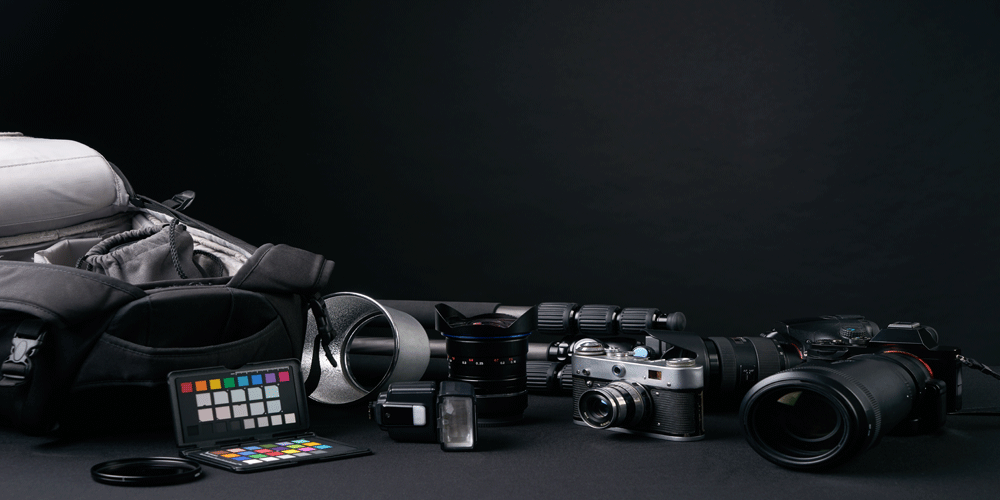The Anatomy of Good Commercial Photography
In the realm of marketing, the old adage “a picture is worth a thousand words” holds more truth than ever. In today’s visually-driven society, where attention spans are short and first impressions are paramount, commercial photography plays a pivotal role in conveying brand identity, evoking emotions, and ultimately driving consumer engagement.
But what exactly constitutes good commercial photography? Beyond technical proficiency, it’s the seamless fusion of creativity, storytelling, and strategic intent that distinguishes exceptional commercial imagery from the ordinary.
Technical Mastery: The Foundation of Excellence
At its core, good commercial photography begins with technical mastery. A proficient understanding of camera settings, lighting techniques, composition, and post-processing is indispensable. Whether it’s capturing the intricate details of a product, the dynamic energy of a corporate event, or the essence of a lifestyle brand, technical proficiency ensures that the photographer can translate their vision into a visually compelling reality. From exposure control to color management, every aspect of the technical process contributes to the overall quality of the final image.
Creativity Unleashed: The Art of Visual Storytelling
Beyond technical prowess, good commercial photography is an art form that thrives on creativity. It’s about seeing the world through a unique lens and finding innovative ways to communicate a brand’s message. Whether it’s through striking compositions, bold perspectives, or imaginative concepts, creative vision is what sets exceptional commercial photographers apart. They possess the ability to transform mundane subjects into captivating visual narratives, compelling viewers to stop, look, and linger. In an age inundated with visual content, creativity is the currency that captures attention and fosters brand memorability.
Authenticity and Emotional Resonance
In today’s increasingly skeptical consumer landscape, authenticity reigns supreme. Good commercial photography goes beyond mere aesthetics; it resonates with audiences on an emotional level, forging genuine connections between brands and consumers. Whether it’s showcasing the human side of a corporate entity, celebrating diversity and inclusivity, or capturing authentic moments of joy and vulnerability, commercial photography has the power to evoke a wide spectrum of emotions. By tapping into the universal language of human experience, it cultivates trust, loyalty, and brand affinity among consumers.
Strategic Intent: Aligning Vision with Objectives
While creativity fuels the artistic process, good commercial photography must also be strategically aligned with the overarching objectives of the brand or campaign. Every image should serve a purpose, whether it’s to increase brand awareness, drive sales, communicate a specific message, or evoke a desired response.
Effective commercial photographers work closely with their clients to understand their brand identity, target audience, and marketing goals, ensuring that every image produced contributes meaningfully to the larger narrative. By marrying creative vision with strategic intent, they deliver imagery that not only captivates but also converts.
Adaptability and Innovation in a Dynamic Landscape
In an era of rapid technological advancement and ever-evolving consumer preferences, good commercial photographers must remain adaptable and innovative. They embrace change as an opportunity for growth, constantly pushing the boundaries of their craft and experimenting with new techniques and technologies. From drone photography to 360-degree virtual tours, staying ahead of the curve enables photographers to offer fresh perspectives and innovative solutions to their clients.
By embracing innovation and embracing change, they ensure that their work remains relevant and impactful in an increasingly competitive marketplace.
The Power of Collaboration: Teamwork Makes the Dream Work
Behind every successful commercial photography project lies a team of talented individuals working in harmony to bring a collective vision to life. From art directors and stylists to makeup artists and models, collaboration is essential to the creative process. Good commercial photographers understand the value of teamwork and cultivate strong relationships with their collaborators, fostering an environment of trust, communication, and mutual respect. By harnessing the collective expertise of their team, they elevate their work to new heights, producing imagery that exceeds expectations and leaves a lasting impression on viewers.
Ethics and Responsibility in Image-Making
As custodians of visual culture, good commercial photographers bear a responsibility to uphold ethical standards in their practice. They recognize the power of imagery to shape perceptions, influence behavior, and perpetuate stereotypes, and strive to create content that is inclusive, empowering, and socially responsible. Whether it’s challenging beauty standards, promoting environmental sustainability, or advocating for social justice, they use their platform to effect positive change in the world.
By adhering to ethical principles and championing diversity and inclusivity, they not only elevate the quality of their work but also contribute to a more equitable and compassionate society.
The Art and Science of Good Commercial Photography
In essence, good commercial photography is a delicate balance of art and science, creativity and strategy, vision and execution. It’s about more than just taking pictures; it’s about telling stories, eliciting emotions, and driving action. From technical proficiency to creative vision, authenticity, and strategic intent, every element plays a vital role in shaping the success of a commercial photography project.
By mastering the craft, embracing innovation, fostering collaboration, and upholding ethical standards, commercial photographers have the power to create imagery that not only resonates with audiences but also inspires change and leaves a lasting legacy in the annals of visual culture.
